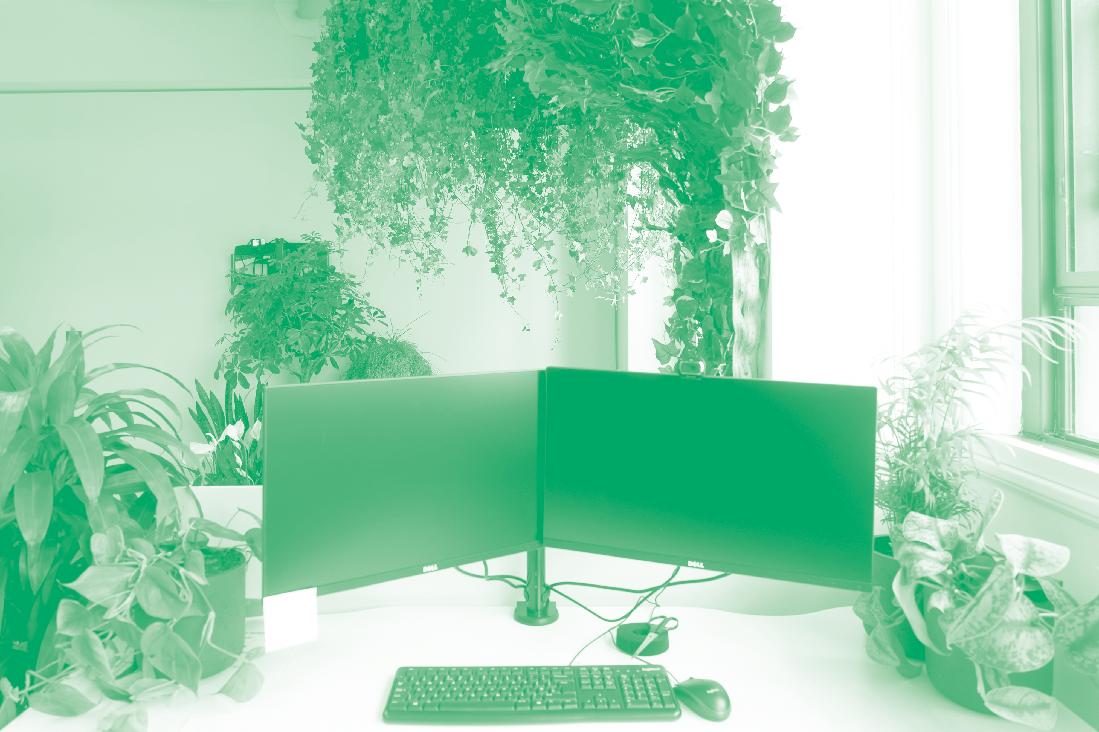
2 minute read
Results (£)
These data informed the creation of a financial proxy, in a form of a price point, for well-being. Although the process can be nuanced and complicated, monetary values were derived from the breath of qualitative and quantitative data.
This valuation revealed the biophilic scenarios obtained the highest monetary value. The immersive scenario was valued at approximately £28,288 and the typical scenario was valued at £23,440, before accounting for costs. This is stark compared to the £11,627 valuation of the existing space.
Advertisement
Next, we identified the net financial gain of having a biophilic scenario, by subtracting the costs of delivering each environment from the monetised value of the spatial interventions.
Even when accounting for costs, the biophilic interventions were significantly more valuable monetarily then the non-biophilic scenario. This valuation is an effective tool in communicating with clients and investors about the value in holistic, quality space.
The scores were translated to monetised values to be used in commercial decision making, and to increase more awareness of the well-being and environmental impacts.
This finding offers an incentive for an organisation to embrace a more people-centric biophilic workplace for its employees and clients.
ADJUSTFORDEADWEIGHT* 4
Source: Joyce Chan-Schoof

“Without data, we will not be able to prove the business case for biophilic design. We want to make a more direct link upfront to the budget planning stage of the design brief so that companies start having biophilic design in their projects. It will win half the battle for design teams because you will not have to negotiate once the design is finished to introduce biophilia – it would have been integrated into the process” – Joyce Chan

The study illustrated that an evaluation can establish nonfinancial benefits of the quality of biophilic design, however, its application in practice is not widespread. Given the introduction of wearables in the office and smart buildings, it will only become easier to collect data on the environment and human performance to make this argument going forward.
This pilot study sets up the first steps for a new POE methodology. This type of method puts people’s health and well-being at the forefront of design. Beyond monetarily valuing the health of the building inhabitants, this perspective shift demonstrates to clients that their tenant’s needs are both important and considered through building and space design. There is a clear advantage for architects and designers to adapt this perspective as well given that people love to think their needs are cared for, which may result in stronger and trusting client relationships.

If we integrate biophilia into the design process early and earmark investment for it, then the architectural design and mechanical, electrical, and plumbing (MEP) of the building can accommodate the plant life. We know plants affect building conditions like humidity and/or air flow, therefore these conditions need to be accounted for in the structural design of the building. Whereas, if the investment for these aspects is not secured, investors will likely need to design and spend on an MEP system later on or settle for spaces that are likely to be uninteresting, unhealthy, and plant-free to not harm the building’s internal structure.


